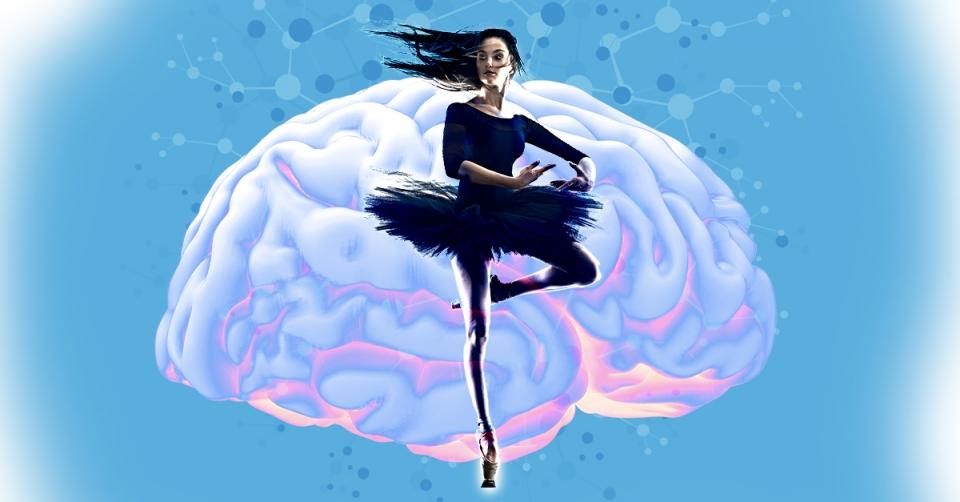I had Matt lie down and guided him through a series of gentle movements with his pelvis and lower back. As his brain sensed these areas, the movements became lighter and larger. I then moved one leg at a time and observed how his brain connected these movements with the recent new mobility in his back and pelvis.
At the end of the session, Matt felt lighter on his feet, with a clear difference in his balance. By the end of five sessions, he looked years younger, had bounce in his step, and was able to resume many of the activities he loved.
